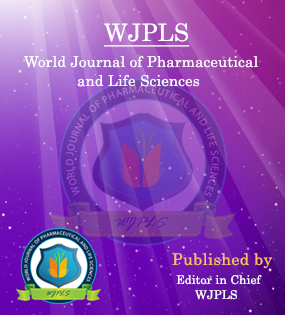Abstract
POTATO YIELD GAP, LATE BLIGHT AND ITS HOST PLANT IMPORTANCE
*Egata Shunka Tolessa
ABSTRACT
Potato is one of the food security and income fetching crops of the Ethiopian farmers. It plays a great role in escaping hanger during summer where other cereals are leafy and not edible. Potato is a highly productive, short season crop, easily processed and ready for consumption. Its production and productivity are affected by abiotic and biotic factors. Late blight is one of the highly devastating biotic factors that occur all over the potato growing areas of the world. This late blight is a fungal disease that has rapid multiplications and dissemination. The main sources of inoculums are infected tuber seeds, host plants, and volunteer potato plants. The inoculums are transmitted from the infected part to other potato growing areas by the wind. Potato growing farmers should strictly remove the host plants from around potato growing land and volunteer potato plants from the field of previously potato is grown land to minimize the source of inoculums and mitigate the occurrences of the late blight. Farmers in Ethiopia are giving almost no attention for volunteers and even do not know what these hosts plant looks like. But the impacts of these sources are as great as a source of inoculums for late blight and causing the highest yield losses. The research center and Wereda experts should work on awareness creation especially on the host plant growing year-round and are sources of inoculums for late blight.
[Full Text Article] [Download Certificate]WJPLS CITATION 
| All | Since 2020 | |
| Citation | 590 | 424 |
| h-index | 12 | 10 |
| i10-index | 17 | 14 |
INDEXING
NEWS & UPDATION
BEST ARTICLE AWARDS
World Journal of Pharmaceutical and life sciences is giving Best Article Award in every Issue for Best Article and Issue Certificate of Appreciation to the Authors to promote research activity of scholar.
Best Article of current issue
Download Article : Click here





